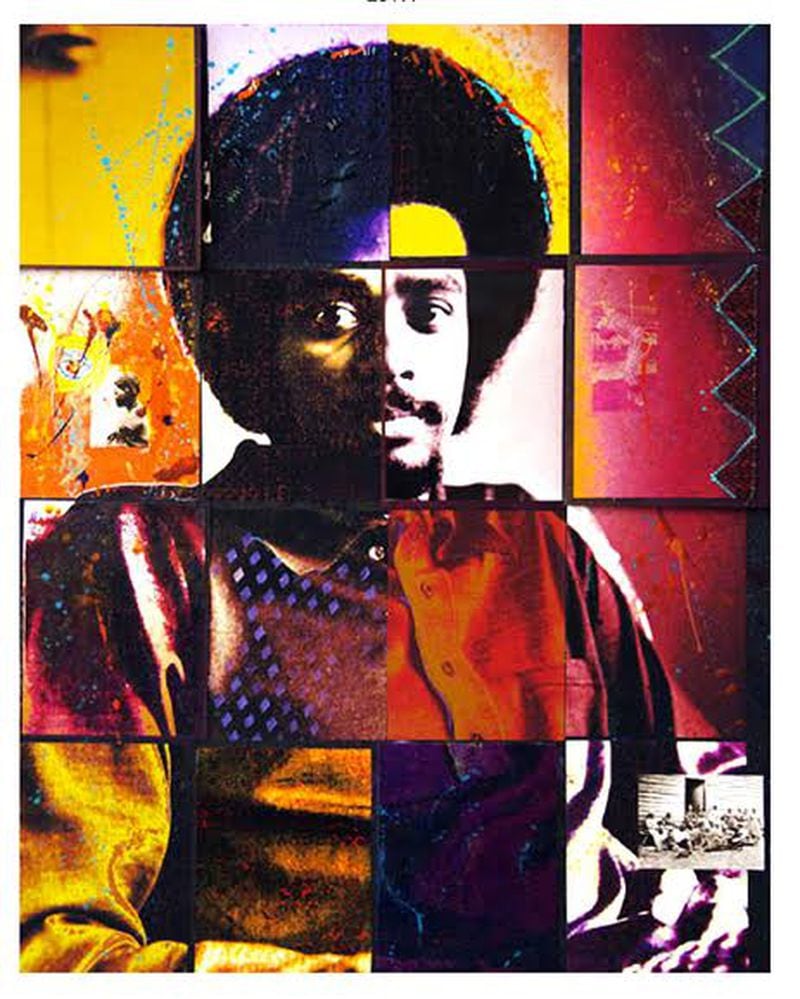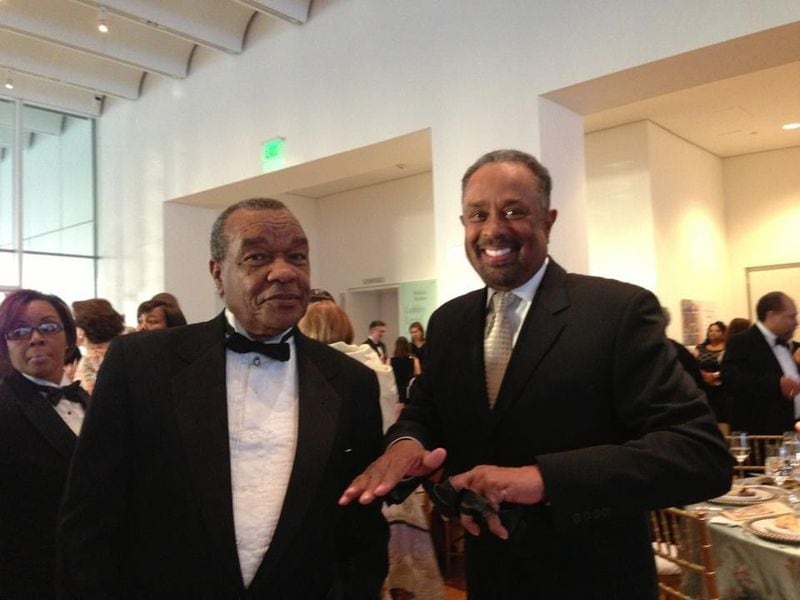Credit: Michael D. Harris
Harris’ research and writings concerning the art of the African diaspora will have a deep impact on that field, said Andrews. “He casts a long shadow over what we think about 20th and 21st-century Black art.”
Michael DeHart Harris, of Grant Park, died Monday, July 11, of a recurrence of cancer, according to his family members. He had retired two years ago from Emory but retained the title of associate professor emeritus. He was 73.
Though he was facing cancer of the esophagus, he remained resolutely in his own home, where he lived alone, up until the last week of his life. Family and friends often spent nights there to help out.
“He was a very stubborn guy,” said his daughter Dara Heard. “That is his way. When he set his mind to something, he stuck to it. He said ‘I’m going to fight this and he fought to the very end.”
Harris was a shortstop on the baseball team as an undergraduate at Bowling Green State University in Bowling Green, Ohio, carrying on a legacy of athleticism established by his maternal grandfather and namesake, William DeHart Hubbard.
Hubbard, a student at the University of Michigan, won the long jump at the 1924 Paris Games, becoming the first Black athlete to bring home Olympic gold in an individual sport.
The grandson, however, turned his attention from baseball to the study of art and art history in college and graduate school, earning a master of fine arts and eventually a doctorate from Yale.
He taught at Morehouse College, Spelman College, Wellesley College, the University of North Carolina at Chapel Hill and Dillard University before arriving at Emory.
While at Emory he published “Colored Pictures: Race and Visual Representation,” which dealt with the construction of Black identity through racial imagery, and with the response from Black artists, whose work uses and subverts those stereotypical tropes.
“It is a really important book,” said Richard Powell, professor of art history at Duke University. Another book, “ASHÉ: Ritual Poetics in African Diasporic Expressivity,” written with Paul Carter Harrison and Pellom McDaniels III, has just been released, and “Sanctuary: A Black and Blues Aesthetic in African American Art,” is at the publisher, according to daughter Shani Harris.
Powell said Harris’ legacy will be his deep and thoughtful inquiry into the intersection of art and the African American experience. But he is also impressed with Harris’ other creative output.
“The thing about Michael is he has been able to do what I’ve not been able to do,” said Powell. “There’s an interesting balance between his vocation as an art historian, but he’s also an incredible artist. He makes incredible paintings, he makes amazing photographs.”
Powell has several of Harris’ photographs and prints in his Durham house, and said “there’s not a day that goes by without me walking past something of his that brings a smile to my face.”
Said Andrews, “Michael was prolific in terms of his published work — his books — as well as his fine art. He was constantly creating art.”
Andrews added “He was always having a multidisciplinary conversation, always making connections. He inspired all of us to look for connectivity and continuity. We all found him to be a stimulating friend and colleague.”
In 1979 Harris joined the AfriCOBRA collective (it stands for African Commune of Bad Relevant Artists). The group had its origin in Chicago in the 1960s, among Black artists tired of catering to a white aesthetic.
“He kind of emphasized AfriCOBRA, as being the Black Panthers of the art world,” said fellow member Kevin Cole, Atlanta painter and educator who was invited into the group by Harris. “It was about a group of men coming together and planning their own destiny.”
Cole is among the individuals portrayed in Harris’ images from a 2017 show called “Art Portraits of the Artist.” Staged at September Gray Fine Art, Harris’ photographs captured “the artist’s spirit,” said Cole. “There’s one of me, and the first thing everybody said to me is: ‘That’s you!’ The joyfulness.”
Cowans, who is also a member of AfriCOBRA, said that unlike himself, Harris was not a pessimist. “Everybody is selfish, they don’t give a (expletive), but Michael always looked at the best part of people.”
Harris’ daughter Dara said the setbacks in Harris’ life from casual racism didn’t slow him down. “That was something he would get on me about,” she said. “Don’t let your fears hold you back. To keep going, keep stepping, keep moving. Because that’s what he did. He was dealt a lot of blows in his life, but it didn’t stop him.”
Plans for a service for the late Michael D. Harris were incomplete as of Wednesday, July 20.


